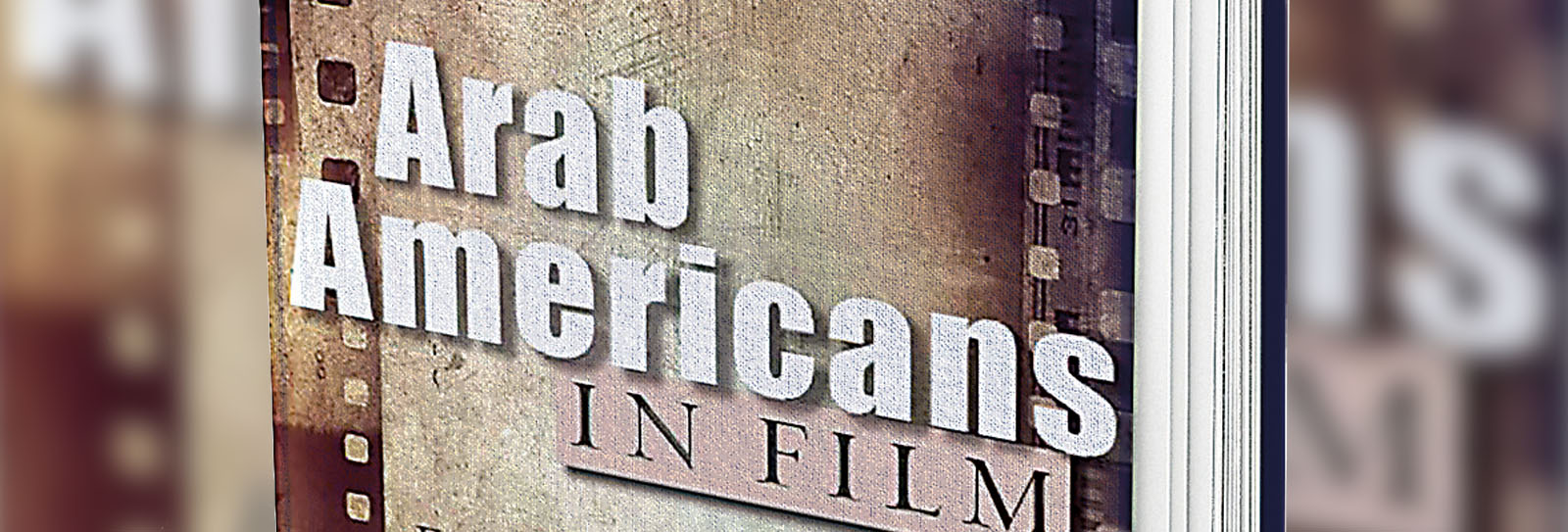
Arab American Journeys in Film: A Conversation with Waleed F. Mahdi
- Arts
2
by Piney Kesting
“What does it mean to develop a complex sense of Arab American identity in film?” asks Waleed F. Mahdi, whose comparative and detailed analysis of three motion picture industries—Hollywood, Egyptian and Arab American—searches for an answer to that question.
Motivated in part by his own struggles with cultural identity as a first-generation immigrant from Yemen, Mahdi explores the roots of negative film portrayals of Arabs, Muslims and Arab Americans that date to the late 1800s. These persistent and damaging stereotypes arise from orientalist and racist histories, he points out, but also they are also the product of conflicting cultural images perpetuated in both the US and the Arab world. Contemporary Arab American filmmakers, he notes, complicate these images with more nuanced, realistic and individual characters.
What inspired you to write Arab Americans in Film?
This book actually began as my dissertation thesis in 2008. I used to watch a lot of movies to improve my English when I was at Ta’iz University, in Yemen. After college, a Fulbright scholarship helped me pursue my master’s and Ph.D. degrees in the US. During that time I discovered Jack Shaheen’s Reel Bad Arabs book. I was immediately drawn to the subject matter. I decided to look at some of the films he mentioned, and before I knew it, I was watching hundreds of films. Actually, more than 800 to be exact. Afterwards, it was clear that the majority of Hollywood movies confirmed the racial stereotypes Shaheen was talking about. That was a painful experience.
How do you distinguish your book from the work of Shaheen, as he was a leading authority on film and TV images of Arabs?
In a way my work is a continuation of Shaheen’s critique of an industry that continues to misrepresent Arabs and Islam. However, I go deeper and provide a scholarly perspective. Shaheen’s books looked broadly at images of Arabs and Islam in US media. I focus on the representation of Arab Americans in films, and that encouraged me to look beyond Hollywood to the Egyptian films I grew up watching as a child. My work also benefits from the fact that I am living in a time when contemporary Arab American filmmakers and directors are emerging and producing films that challenge Hollywood stereotypes.
You write that Arab American filmmakers “breathe authenticity and fully dimensional humanity” into their films. Can you give us an example?
Cherien Dabis’ film Amreeka is a great example. Her representation of a multigenerational Palestinian American household in Chicago is fascinating and something you don’t usually see in a Hollywood film. Many of the actors are Arabs or Arab Americans, and the film shows how each generation has very different opinions on what it means to be an Arab in America. As a young Palestinian American growing up in a small town in Ohio, Dabis injects some of her own story into the film, and that invites us to look at the Arab American experience through a more intimate lens.
Have you noticed any positive changes in Hollywood depictions of Arab Americans?
Since 9/11 there have been some efforts to insert positive images of Arabs and Muslims in films, but it seems these are conditioned to playing roles connected to patriotism or doing something heroic for the US. However, streaming services like Netflix, Hulu and Amazon are beginning to compete with mainstream media by giving space for minorities to create authentic materials. These are positive signs, but we have yet to see this filter through the Hollywood system in meaningful ways.
You may also be interested in...

On the resilience of handicrafts in Bosnia-Herzegovina
Arts
The backstreets of Sarajevo’s old town are alive with the repetitive thud of metalworking. In this European capital, with its contemporary high-rise buildings and modern brands, you can still hear the heartbeat of tradition.
A Fasting Journey Through Ramadan
Arts
What’s it like as a non-Muslim to fast during Ramadan? Writer Scott Baldauf shares his journey through the holy month where he uncovers resilience, empathy and the powerful unity found in shared traditions.
The Resilience of Craft - Three Exhibitions at Venice Biennale Uphold Legacy of Traditional Arts
Arts
The Venice Biennale sheds light on lesser-known narratives outside of the international art world.

